Advantages of Induction Heating
Views Send Enquiry
Why choose induction heating over convection, radiant, open flame or another heating method? Here's a short summary of the major advantages that modern solid state induction heating offers for lean manufacturing:
Optimized Consistency
Induction heating eliminates the inconsistencies and quality issues associated with open flame, torch heating and other methods. Once the system is properly calibrated and set up, there is no guess work or variation; the heating pattern is repeatable and consistent. With modern solid state systems, precise temperature control provides uniform results; power can be instantly turned on or shut off. With closed loop temperature control, advanced induction heating systems have the capability to measure the temperature of each individual part. Specific ramp up, hold and ramp down rates can be established & data can be recorded for each part that is run.
Maximized Productivity
Production rates can be maximized because induction works so quickly; heat is developed directly and instantly (>2000º F. in < 1 second) inside the part. Startup is virtually instantaneous; no warm up or cool down cycle is required. The induction heating process can be completed on the manufacturing floor, next to the cold or hot forming machine, instead of sending batches of parts to a remote furnace area or subcontractor. For example, a brazing or soldering process which previously required a time-consuming, off-line batch heating approach can now be replaced with a continuous, one-piece flow manufacturing system.
Improved Product Quality
With induction, the part to be heated never comes into direct contact with a flame or other heating element; the heat is induced within the part itself by alternating electrical current. As a result, product warpage, distortion and reject rates are minimized. For maximum product quality, the part can be isolated in an enclosed chamber with a vacuum, inert or reducing atmosphere to eliminate the effects of oxidation.
Extended Fixture Life
Induction heating rapidly delivers site-specific heat to very small areas of your part, without heating any surrounding parts. This extends the life of the fixture and mechanical setup.
Environmentally Sound
Induction heating systems do not burn traditional fossil fuels; induction is a clean, non-polluting process which will help protect the environment. An induction system improves working conditions for your employees by eliminating smoke, waste heat, noxious emissions and loud noise. Heating is safe and efficient with no open flame to endanger the operator or obscure the process. Non-conductive materials are not affected and can be located in close proximity to the heating zone without damage.
Reduced Energy Consumption
Tired of increasing utility bills? This uniquely energy-efficient process converts up to 90% of the energy expended energy into useful heat; batch furnaces are generally only 45% energy-efficient. And since induction requires no warm-up or cool-down cycle, stand-by heat losses are reduced to a bare minimum. The repeat-ability and consistency of the induction process make it highly compatible with energy-efficient automated systems.
Related Content
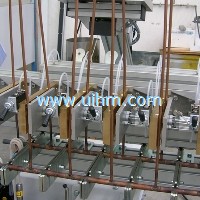
History of induction heating
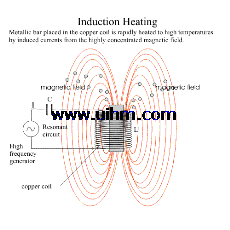
Principle of Induction Heating (Induction Heating Principle)
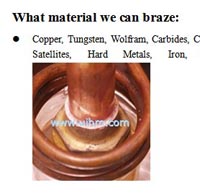
Applications of induction heating
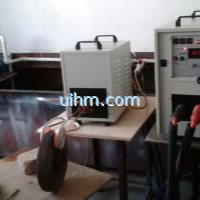
induction heating steel plate by U shape_double ear induction coil
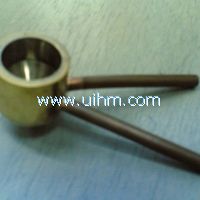
special induction coil for heating glass
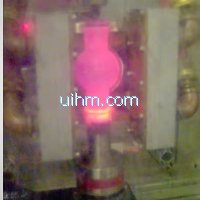
induction quenching ball studs and inner tie rod stud with magnetic core coil
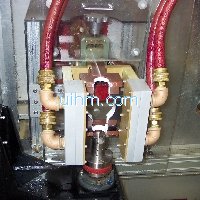
induction quenching ball studs and inner tie rod stud with custom-build induction coil
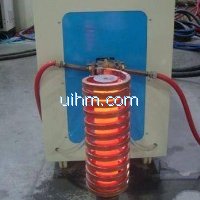
induction heating steel rod ,steel bar with square induction coil
Hot
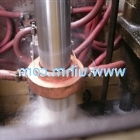
Relationship between induction frequency and quenching depth (hardening depth)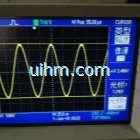
waveform of DSP induction heaters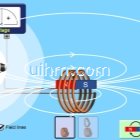
simulation of Faradays Law from University of Colorado Boulder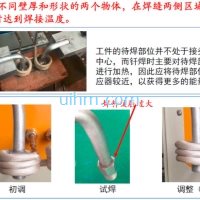
optimizing induction welding method for vehicle air conditioner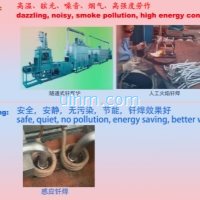
induction welding vehicle air conditioner vs common welding method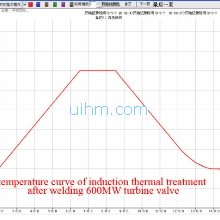
temperature curve of induction thermal treatment after welding 600MW turbine valve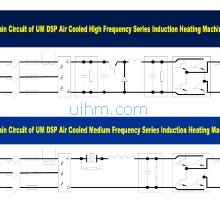
Main Circuit of UM DSP air cooled induction heaters
what is skin effect principle (magnetic force around induction coil)

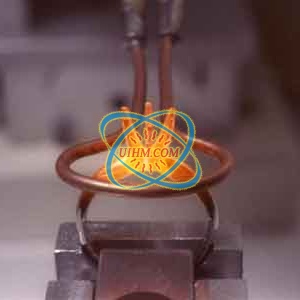
Newest Comment
No Comment
Post Comment